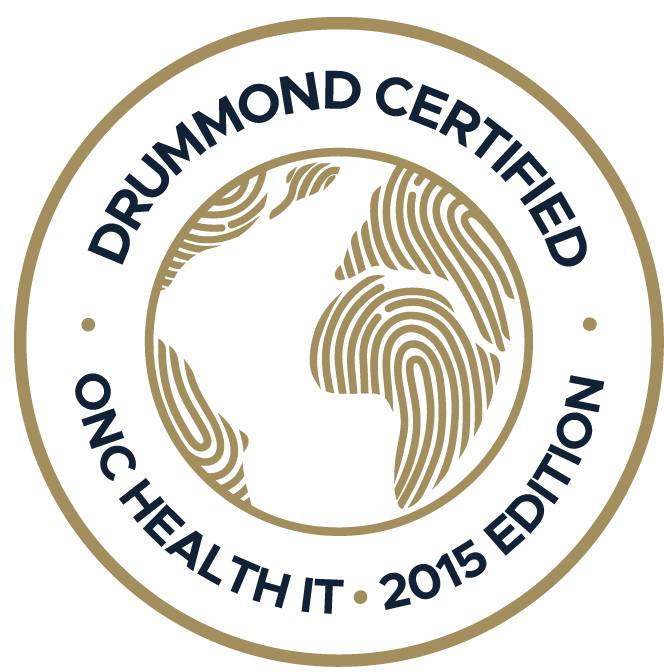Endocrinology is a specialized field focused on studying and treating hormone disorders, diabetes, thyroid conditions, and other metabolic issues. As such, having the right tools to manage patient data is crucial for...

Patient scheduling seems like it should be simple, but there’s a lot of factors that can make it complex. You may not be able to control some of the things that make scheduling complicated, like cancellations and no shows, but you can make sure you’re using the right tools that can help set you up for success. Consider these scheduling time savers for your practice:
1. Promote the patient portal for self-scheduling. If you’re not offering a self-scheduling option for your patients to make an appointment online, you should be. Not only can this increase patient satisfaction, it allows your practice to save time and improve productivity by re-allocating resources spent on appointments scheduled over the phone. In addition to being a time saver for your practice, online scheduling has been a proven way to fill up empty spots, as most online schedulers will choose a same-day or next-day appointment. Studies show that most patients actually prefer to schedule their appointment online. The bottom line is, if you’re not using self-scheduling, you could be missing out on many opportunities.
2. Send automated appointment reminders. When a patient is late to an appointment or misses an appointment, it’s not good for your practice or your patients. In either scenario, your practice is impacted in terms of both time and money. While you can’t control when or if your patients show up, you can send them a reminder, an effort that has its benefits for both the patient and your practice. Try implementing automated appointment reminders in your practice as a strategy for preventing no shows in the first place. Appointment reminders are great tools that have been shown to improve on-time arrivals while also decreasing no shows. And depending on which reminder service you go with, they can be easy to implement and customizable to your practice.
3. Use a patient wait list as a backup for cancellations. Cancellations can be problematic for a practice for many reasons. No shows are costly, and trying to fill the missed time slot can be time consuming for your staff. With a patient wait list, your practice can have a list of patients at their fingertips who are ready to fill the open slot. Practices who leverage patient waitlists can effectively manage no shows and prevent missed revenue.
Although scheduling is one of the most common tasks performed by practices, it’s important to have the right balance of two seemingly competing interests. On one hand, you want to maximize your time and see as many patients as possible to generate revenue. At the same time, you don’t want to overbook yourself, creating long patient wait times and low patient satisfaction. Keep in mind the above time savers that can help your practice be more efficient and achieve a balanced schedule.
Is it time to upgrade your scheduling practices? We can help.
Topics: Small Practice, EHR Solution
RECENT POSTS



TOPICS
- EHR Solution (142)
- EHR (79)
- Patient Care (72)
- digital age (72)
- Medical Billing (67)
- Specialty-Specific EHR (65)
- Integrated EHR (59)
- Small Practice (56)
- Technology in Healthcare (50)
- New Technology (47)
- Industry Update (45)
- RCM (43)
- Medical billing services (40)
- Cloud-based EHR (39)
- Practice EHR News (39)
- EHR Features (37)
- Healthcare Office Management (37)
- Kiosk (28)
- ePrescribing (21)
- HIPAA Security (16)
- EMR (12)
- Revenue Cycle Management (12)
- Practice Management Software (11)
- Client Favorites (10)
- Practice Automation (10)
- The ONE (10)
- Telemedicine (9)
- Urgent Care (8)
- MACRA/MIPS (7)
- Patient Portal (6)
- Switching to New EHR (6)
- events (6)
- E-Prescribing (5)
- Product Updates (5)
- Insider (4)
- Internal Medicine EHR (4)
- MIPS (4)
- Podiatry (4)
- Podiatry EHR (4)
- AI Scribing (3)
- AI Solutions (3)
- HIPAA (3)
- MIPS Reporting (3)
- Regulatory Updates (3)
- TeleVisit (3)
- AI scanning (2)
- Billing for Private Practices (2)
- Clearinghouse (2)
- Dermatology EHR (2)
- EHR Scheduling (2)
- Foot and Ankle Care (2)
- Foot and Ankle EHR (2)
- Health records 101 (2)
- Integrated Practice Management (2)
- Medical Credentialing (2)
- Medical Practice Management Software (2)
- Patient Check-in Kiosk (2)
- Psychiatry EHR (2)
- Quality of Patient Care (2)
- Reporting Under MIPS (2)
- Risk and Liability in Medical Settings (2)
- Telehealth Platforms (2)
- What Works Clearinghouse (2)
- AI-powered Medical Billing (1)
- Bariatric EHR (1)
- Behavioral Health Practices (1)
- Billing Communication (1)
- Cardiology EHR (1)
- Cash Flow (1)
- Chiropractic EHR (1)
- Data Security (1)
- Dos and Don'ts (1)
- EHR Guides (1)
- EHR KPIs (1)
- EHR Questions to Ask (1)
- EHR for Chiropractors (1)
- EHR for Chronic Illness (1)
- EMR vs EHR Difference (1)
- ENT EHR (1)
- Eligibility Verification in Medical Billing (1)
- Endocrinology EHR (1)
- Family Medicine (1)
- Family Medicine EHR (1)
- Gastroenterology (1)
- Gastroenterology EHR (1)
- General Surgery EHR (1)
- Geriatrics EHR (1)
- Guides (1)
- Healthcare Compliance Certification (1)
- Healthcare Practice Office Management (1)
- Insurance Reimbursement (1)
- KPI (1)
- Key Performance Indicators (1)
- Lab Processing (1)
- MACRA (1)
- Medical Billing Partner (1)
- Medical Coding Services (1)
- Nephrology EHR (1)
- Neurology EHR (1)
- Orthopedics EHR (1)
- Pain Management EHR (1)
- Pediatrics EHR (1)
- Physical Therapy EHR (1)
- Practice Cash Flow (1)
- Pulmonology EHR (1)
- Simplify Practice Management (1)
- Staffing in Healthcare (1)
- Switch Medical Billing Providers (1)
- Telehealth Platform (1)
- Urgent Care Medical Billing (1)
- Urology EHR (1)
- insurance claim denials (1)







